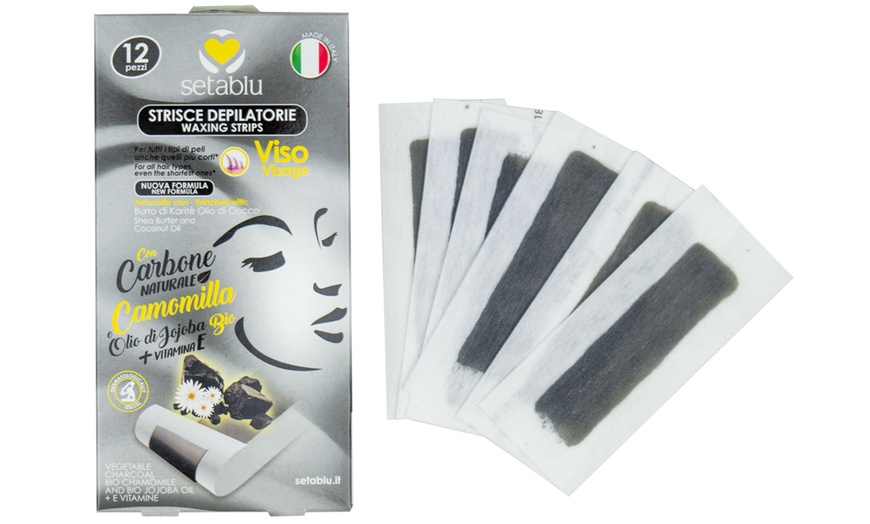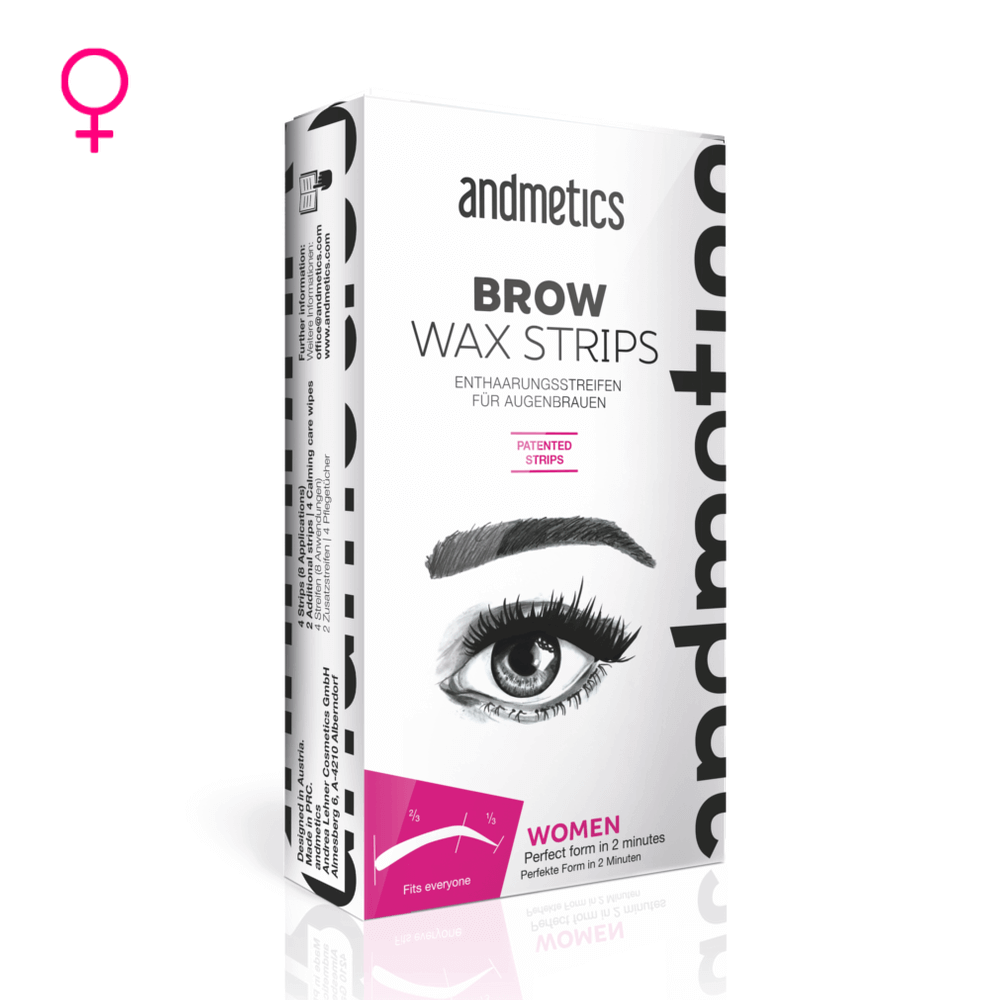

#WAX STRIPS SKIN#
“This can be quite painful, so do your best to avoid making this mistake.” How Should You Treat Your Skin Post-Wax? “If you lay a bad strip or pull it incorrectly, it can result in lifting the skin or bruising,” she says. Avalos recommends making sure the wax is hard and not tacky before pulling. When applying wax, follow the direction of the hair and pull against the hair growth to remove it.
#WAX STRIPS PATCH#
“If it’s runny, it’s too hot.” Patch testing on your hand or wrist is a great way to test the wax before applying it to a larger area.

“If you are using hard wax, it should be thick like honey,” she says. Once you’ve prepped, Avalos stresses the importance of checking the consistency of your wax to guarantee it works properly. This includes exfoliating, cleansing the area and ensuring it’s dry. “If you’re unsure, it’s always best practice to check with your doctor or dermatologist if waxing is safe for you,” she says.Īs with any product, it’s important that your skin is properly prepped before application. She also recommends against waxing sunburned, irritated, inflamed or damaged skin as well. Finally, she says, “Sugaring is the oldest form of hair removal dating back to 1900 BC, which is a natural form of hair removal that consists of smoothing it onto the hair and removing it using only your hands.” Skin TypeĪvalos warns, “If you plan on waxing from home, make sure you are not on any harsh or prescribed creams or medications that thin out the skin.” This includes over-the-counter retinol, Accutane, Retin A and Tazorac. “It’s applied to the skin, and once it is dry you can pull it off the skin gently to lift the hair,” she says. Then there’s her favorite, hard wax, which she tells us is especially great for intimate areas. “Soft wax uses honey wax with a muslin cloth and is great for larger body parts such as legs and arms,” says Avalos. Wax comes in three types of formulas: soft wax, hard wax and sugar wax. “If the wax contains a lot of alcohol, it makes the wax break faster, which can break the hair,” she says. Steer clear of formulas that include alcohol at the top of their ingredient list.

“The main ingredients are sugar, lemon juice and water,” says Avalos. Then there’s sugar wax, which can be ready-made or a product of an at-home DIY.
#WAX STRIPS PROFESSIONAL#
Wax professional Kimberly Avalos says, “The primary ingredients in both soft and hard waxes are beeswax and rosin.” These ingredients help grip the hair for a smooth finish. While every formula uses a different combination of ingredients, there is overlap between soft and hard versions. For instance, if you’re traveling, pre-waxed strips that can be warmed in your palms are the way to go. The type of wax you choose should complement your skin type, and the method should reflect your lifestyle or time restrictions. Waxing is an incredibly personal process, whether you get it done by a professional or take it on yourself at home. Contributor What To Look For In A Home Waxing Kit


 0 kommentar(er)
0 kommentar(er)
